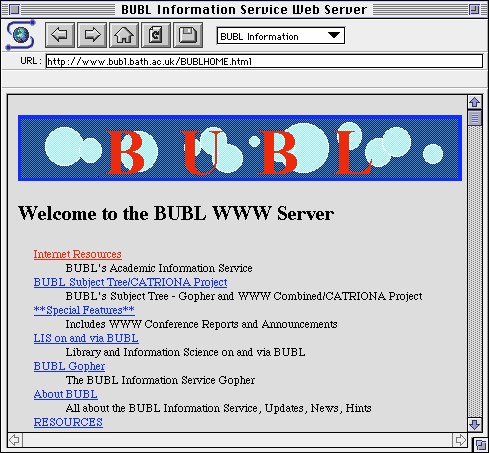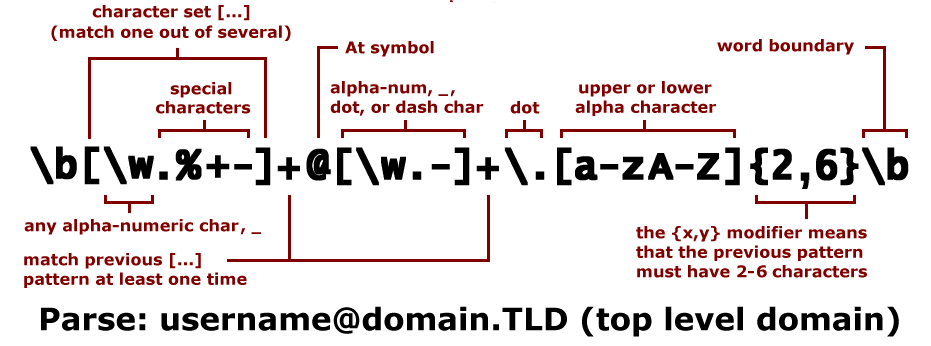A brief history of the User-Agent string
In our first chapter of “The problem with User-Agent strings” we are taking a deep dive into history and start with the basics of the User-Agent string.
Our first stop is in 2018, with the release of Firefox 60. There is nothing significant about this specific release—I could have chosen pretty much any version—but we have to start somewhere.
So what do we have here? At the back of the User-Agent string we can see our browser, Firefox, version 60. It uses the Gecko rendering engine, and we can tell it’s Windows 10 because it uses version 10 of the Windows NT kernel. We see that it uses WOW64, which means it runs as a 32-bit application on a 64-bit version of the operating system.
That is a difficult question because all browsers lie about their identity, and the User-Agent string is usually chock full of lies.
The first blatant lie we see is the Gecko version. That is not an actual version number but a date, and it says January 1st, 2010. That is eight years too old. Why? Mozilla stopped updating that date because web developers started using hacks to work around bugs in specific versions of the Gecko engine. That caused problems down the line after the bug was fixed.




















